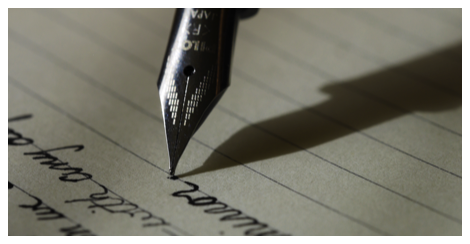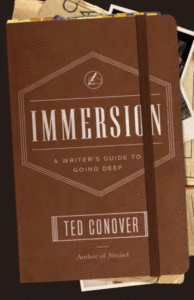
How Immersion Journalism Pushes Me To Be a Better Writer
The first book-length work of immersion journalism I can remember reading is Susan Orlean’s The Orchid Thief.
You might know it because it was later adapted into the delightfully quirky Spike Jonze / Charlie Kaufman film Adaptation, starring Nicholas Cage. But while the film is an exploration of writer’s block and the creative process…
…the book upon which it is based is an examination of a man obsessed with a rare ghost orchid, and of the flower-selling subculture he became a part of.
When I first read the book, I was envious of Orlean’s subject, who cared more fully about something than I ever had. And I was envious of Orlean because, for a time, she was able to become a part of that world. I read the book over and over again, unable to get enough of the story, the writing, the technique.
From that point on, I couldn’t get enough of immersion journalism. I pored through the anthology that first introduced me to Orlean—a collection of interviews with various journalists on their process—and I worked my way through some of their books, including Ted Conover’s Newjack and Jon Krakauer’s… well… basically anything by Jon Krakauer. I read longform pieces in the same genre, in GQ and Esquire and Vice. It was a form of nonfiction writing I admired, and a form I wished I could write myself. But such writing requires large commitments of time, and I couldn’t see how I—with a husband and a toddler and a home to attend to, making barely enough money to pay my portion of the bills—could ever, logistically, escape into someone else’s life. So I continued to exploit my child for money on a mommy site and I continued to write personal essays and I continued to write listicles about orgasms and libido because that is what I do.
As I read more immersion journalism, however, over the course of the next 10 or so years, I saw my writing shift. I began looking outward rather than inward. I began inching closer to the type of writing I most revered.

And while I still find myself tethered to a home office, to a toddler, and to a handful of regular writing and editing gigs, I do what I can.
I may not be in a place in my life where I can travel the country with Cirque du Soleil or go through a sex educator training or follow the thread of a person’s life for months upon months upon months. But I can add books like The Crossing or Cork Dork to my TBR. I can spend an afternoon reading Without You, There Is No Us. I can learn about other cultures through a book like Gang Leader for a Day. And I can learn, by osmosis at least, how best to reveal other truths. How best to place spotlights upon them.
Some of these lessons in technique eventually find their way into how I approach my own writing.
Some of them—and this is no small thing—just make for some damn fine reading.

















